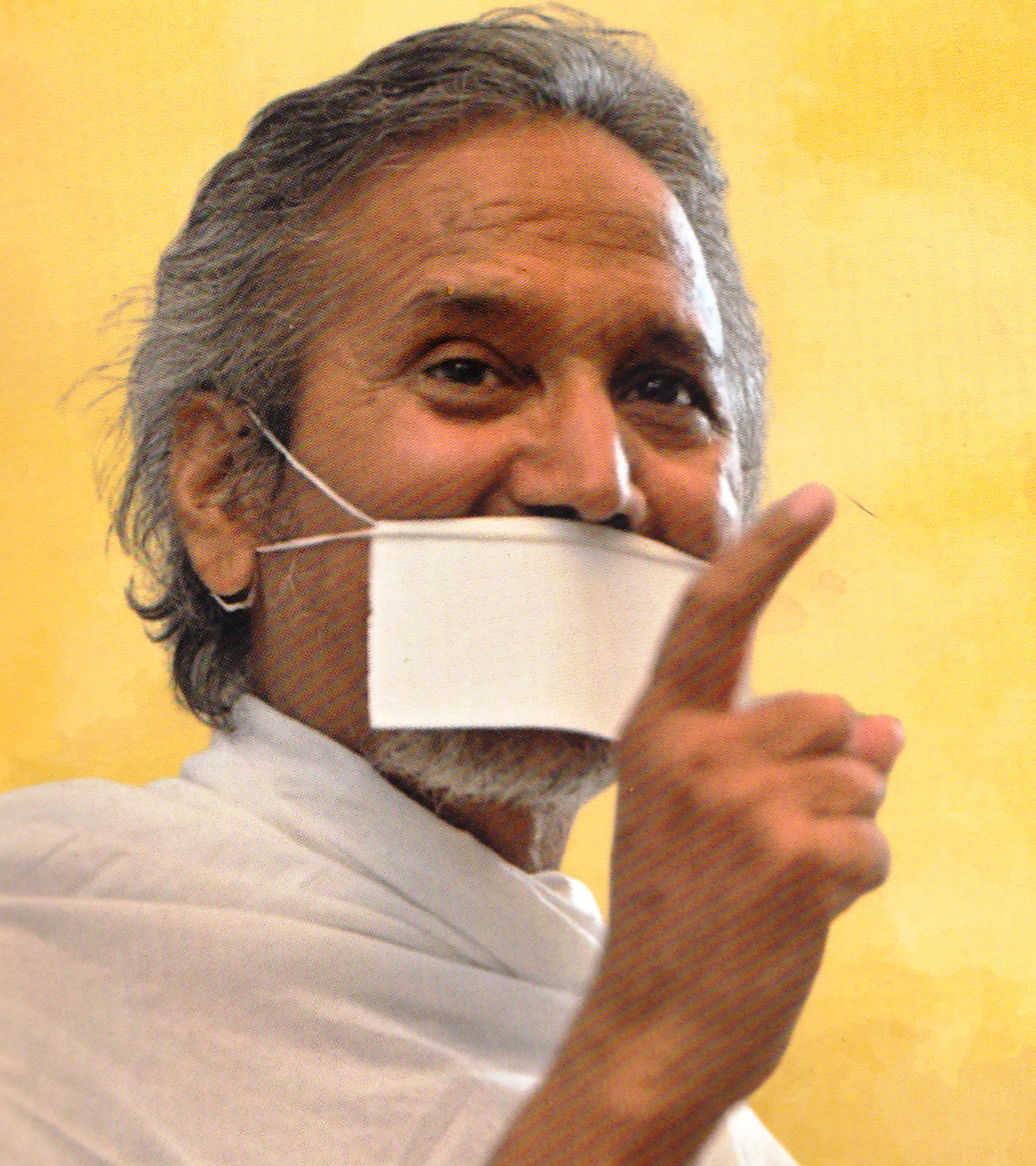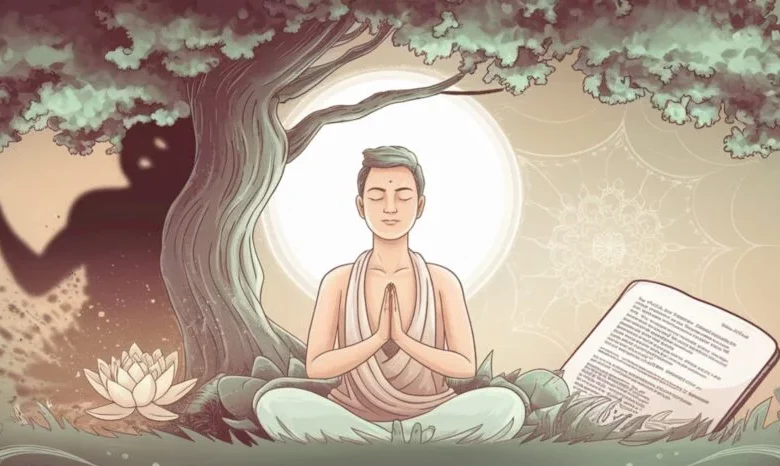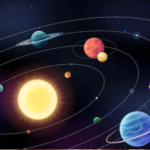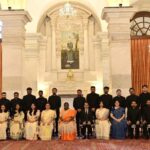Discourse
The Face of the Divine
A question arises—if a stranger looks at us with malice, how can we recall their cheerful face, since we have no prior acquaintance with them? In such moments, remember the face of your revered one.
If for any reason you cannot bring the cheerful face of the other person to mind, you can recall the face of your deity. Connecting with their energy will help you overcome the situation.
Don’t Become Gunpowder
We have four internal enemies—anger, ego, deceit, and greed. These are also called Kashayas (passions). Kashaya means “to bind,” that which shackles the soul. These four Kashayas constantly operate within us and lead to karmic bondage. Let’s reflect on how this happens. Have you ever considered how anger, greed, or other Kashayas overpower you?
Just as a driver cannot go anywhere without a vehicle, Kashayas cannot act on their own. They need a medium through which they express themselves. For example, let’s discuss anger. When you are angry with someone, do you curse them in your mind? Do you verbally abuse them?
Or, in extreme cases, do you even use your hands to hit them? It also happens that if you cannot harm the person, do you vent your anger on objects? Many people display their anger on inanimate objects like chairs or utensils. Thus, when the storm of Kashaya rages in mind, speech, and body.
A Life Controlled by Yoga: A Simple Path to Overcoming Kashaya
This means anger needs a vehicle—mind, speech, and body. The inclination of mind, speech, and body is called Yoga. If your “Yoga vehicle” has good habits—positive thoughts, encouraging words, loving and friendly behavior—then the result of that Yoga will be a virtuous Leshya (pure, radiant, luminous).
The fundamental truth of Leshya is that it is the result of Yoga, which is driven by discipline. Where there is Yoga, there is Leshya.
If through practice you can keep your mind, speech, and body calm and balanced, you will survive the earthquake of Kashaya. Just as a building with a strong foundation remains unshaken by an earthquake, the foundation of your life is Yoga.
If your Yogic tendencies are restrained, the earthquake of Kashaya will not be able to topple you. Therefore, there is no need to control Kashaya directly. Instead, discipline your Yoga. Some simple practices of Yoga include speaking softly, walking gently, and handling objects with care. Doing so will naturally pacify Kashayas.
Thus, practice Yoga continuously. Keep your mind, speech, and body calm, and cultivate restraint in their tendencies. Maintain a virtuous Leshya.
Leshya is the inclination of Yoga colored by the rise of Kashaya. As the scripture says—
‘Yoga pravritti leshya kashayodaya anuranjita bhavati.’
Gommatasara Jivakanda, Sutra 460
Leshya is the inclination of mind, speech, and body colored by Kashaya. That is, the tendencies of mind, speech, and body influenced by passions are Leshya.
Leshya operates through the combination of Kashaya and Yoga. Leshya is rooted in Yoga but dominated by Kashaya. If we observe our lives, Kashaya’s intensity may fluctuate, but the tendencies of mind, speech, and body persist continuously. Hence, the agitation of Kashaya catches our attention.
Also Read:

Whenever someone acts out of anger, ego, deceit, or greed, we notice it. If someone behaves with attachment or aversion, that too is visible, but we do not perceive what thoughts or vibrations are at play. Therefore, the enduring element of Leshya is Yoga. Kash
Yoga
Kashaya
Leshya
Gommatasara Jivakanda
anger
Angers is a historic city in the Pays de la Loire region, known for its medieval Château d’Angers, a 13th-century fortress housing the famous *Apocalypse Tapestry*. Once the capital of the historic Anjou province, it boasts rich heritage, including Gothic architecture and ties to the Plantagenêt dynasty.
Let me know if you meant a different location!
ego
deceit
– **Deception Island (Antarctica)**: A volcanic island known for its horseshoe-shaped harbor, formed by a volcanic caldera. Historically used as a whaling station, it was named for its deceptive appearance as a normal island, hiding its volcanic nature.
Let me know if you’d like details on a different site!
greed
Would you like a summary of a specific cultural reference related to greed, such as a myth, artwork, or historical event?






